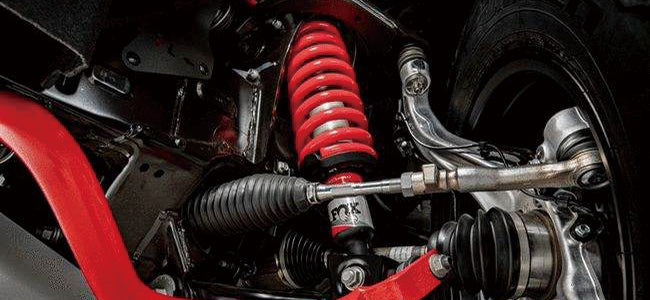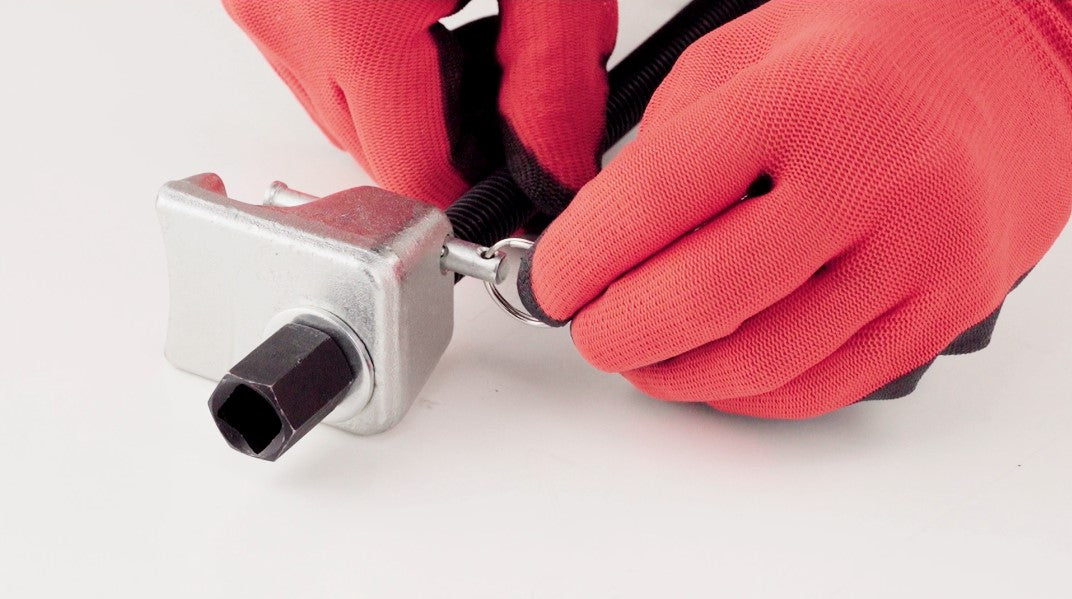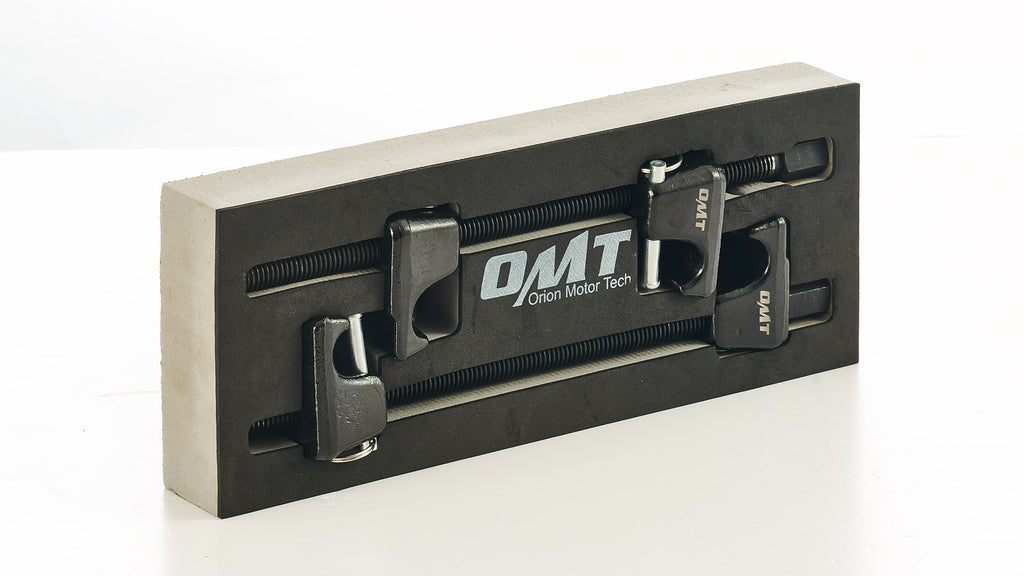One of the ways in which a car's handling experience can deteriorate over time is through the aging of its components. If you notice that the body sinks more when driving than before, then it is possible that the car's coil springs have deteriorated or the metal has become fatigued.
The intuitive response is that the springs are less strong and the body compresses them to a greater degree, causing the ground clearance of the body to drop. A lower center of gravity is not necessarily better, which can affect handling limits, vibration damping, and NVH (Noise Vibration Harshness). Many vehicles have inconsistent spring fatigue, for example, the right rear wheel has relatively high strength and the left front wheel is relatively low, and the body will have an unlevel front end. The torsion of the body will appear almost at rest, and it is conceivable how it will feel during driving.
In this case, it is necessary to replace the coil springs of the car. However, it is very dangerous to replace the springs without tools. Even if there is metal fatigue, the elastic potential energy of a coil spring under compression is very high and can cause injury to people around you if you are not careful.

Therefore, to avoid any injury, make sure that you follow the correct procedure for compressing the coil springs and choose a spring compressor that can do the job of spring compression in a safe manner. How to use a spring compressor safely is what you must know.
How to use a coil spring compressor
1. Purchase a coil spring compressor kit
First you need to purchase a high quality spring compressor kit that is not expensive, but just strong and durable, and Orion Motor Tech's coil spring compressors are a good choice. Spring compressor kits come with the tools needed to fully compress the spring, such as a rod that will attach to a hook or clamp, and an important safety pin that helps prevent any injuries.
2. Jacking the car off the ground
Don't forget to put on your safety glasses and gloves before starting the series of operations. Then place the jack under the jacking point of your car (the jacking point will be the flat metal part of your car near the wheels, it may even be marked with a symbol or the word "jack".) Use a lever to lift your vehicle.
3. Remove the car tire.
Use a wrench or ratchet to remove the nut from the car's wheel, pull the tire off the car and set it aside. You can either take the spring off the car and dispose of it, or compress it while it is still attached to the car. Depending on the car model, you may also need to use a wrench to remove other parts in order to dispose of the spring.
4. Sliding compressor rods
The spring compressor kit includes two rods and four clamps. Select one clamp to slide onto the end of the rod, the clamp on the other end will be screwed on in a subsequent step.
5. Connect the clamps to the spring coil using the safety pins
After sliding the first clamp onto the end of the rod, lean the rod against the spring. Attach the clamp to the coil and then carefully push the safety pin to keep the clamp in place. Finally, screw the other clamp onto the rod.
6. Use a wrench to tighten the bolt
Install the wrench around the bolt at the bottom of the coil, which is the bolt you slide onto the rod. Use the wrench to gently tighten it, switching the side to be tightened every 10 turns or so (this is to keep the twist consistent in size to help compress the spring evenly). Do not use a power tool as it can apply too much pressure to the rod too quickly, which is very dangerous.
7. Compress the spring until the coils are close together but not touching
The threaded clamp will gradually move up from the end as you keep tightening the nut. The exact amount of compression depends on the type of car and how much shock you want the spring to absorb. After compressing the spring as much as you need, carefully use a wrench to loosen the nut so that it is easy to loosen the safety pin and remove the rod from the spring.
Note: Do not over-compress to cause coil contact, as such a coil spring has a dangerous amount of energy.
Now you know how to use a coil spring compressor correctly and safely. Remember, do not compress the spring without tools. Do not over-torque the coil spring when using a coil spring compressor. Wear gloves and safety glasses while compressing the spring and keep the compressed coil spring as far away from your body as possible. Safety must be a primary consideration when compressing springs.
FAQs
What is a coil spring compressor and why do I need one?
A coil spring compressor is a tool designed to safely compress the coil springs of a car’s suspension. Compressing the spring reduces its tension, allowing removal or installation without risking injury from the powerful elastic energy stored in the spring.
Is it dangerous to compress coil springs without a spring compressor?
Yes, compressingcoil springs without the right tools is dangerous. The stored energy can cause the spring to release suddenly, potentially causing injuries or damage.
How do I choose a spring compressor kit?
Choose a high-quality, durable kit that fits the size and type of your springs. Kits typically include rods, clamps, and safety pins to securely hold the spring during compression. Orion Motor Tech’s coil spring compressors are recommended for their strength and safety features.
How do I properly use a coil spring compressor?
Attach clamps and safety pins to opposite sides of the spring coil. Use a wrench to gradually tighten the compressor bolts, alternating sides to compress evenly. Stop compressing when the coils are close but not touching. When decompressing, loosen the bolts slowly and evenly.
What if the spring compressor doesn’t fit my spring?
Not all compressors fit every spring size or type. Measure your spring coil diameter before purchasing a compressor. If your compressor doesn’t fit securely, do not force it; look for a different model suitable for your spring.





